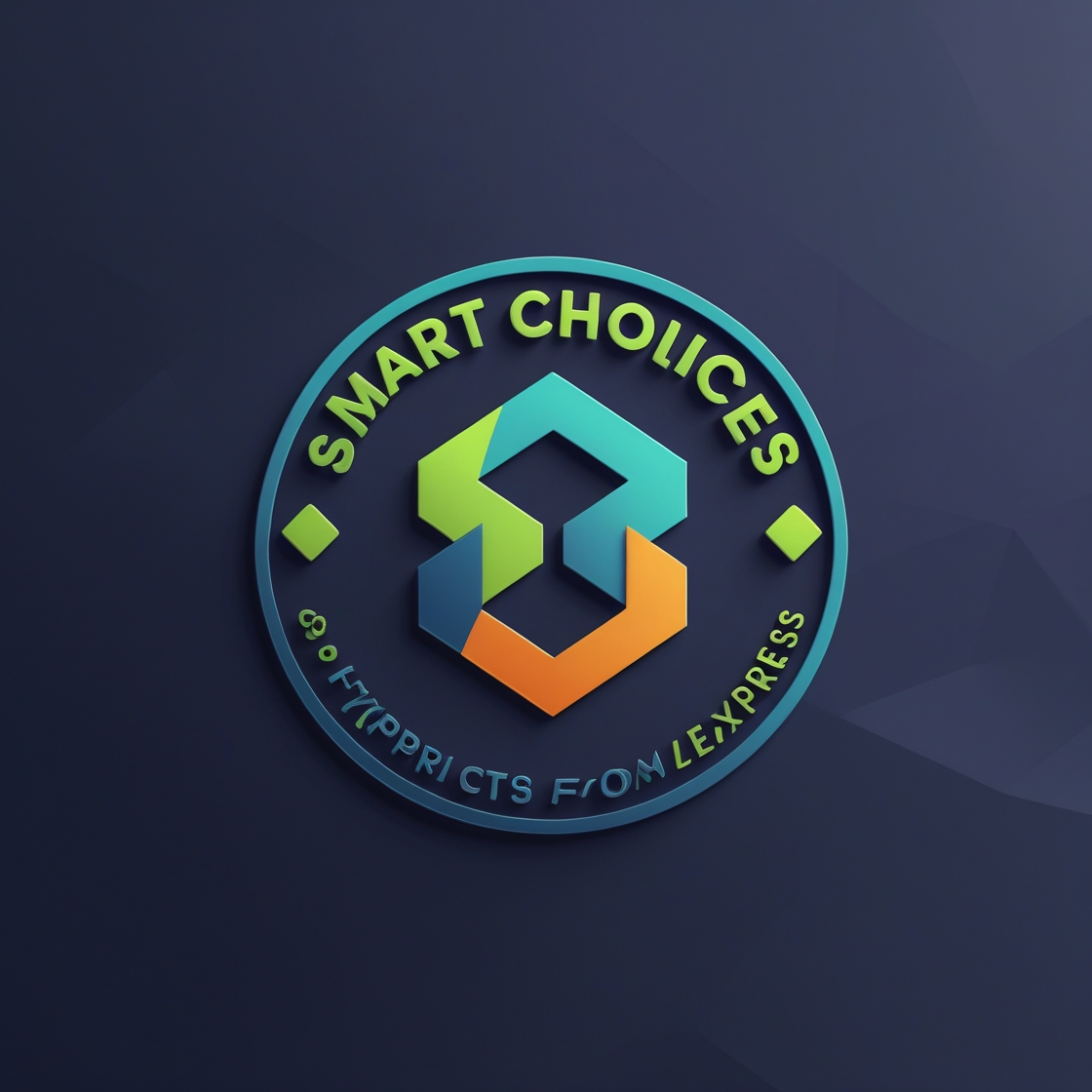Struggling with unpredictable pay? Discover a step-by-step blueprint to budget on variable income, build a financial buffer, and achieve stability—even when your freelance earnings fluctuate. Download your free template today!
Table of Contents
Introduction Baseline Income Strategy Rolling 3-Month Buffer Income Averaging for Big Expenses Percent-Based Spending Rules Top Apps & Tools Real-World Case Study Download Your Free Template Join Our Community Your Turn
Introduction
Freelancing offers the freedom to set your own hours and choose your clients—but unpredictable paychecks can turn budgeting into a constant stress cycle. If you’ve ever wondered, “How can I cover rent when my income swings from ₪700 to ₪7,000 in a month?” you’re not alone. A recent survey found 68% of freelancers run out of savings during lean months.¹ This guide delivers an evergreen, action-focused system designed specifically for variable-income earners. You’ll learn how to:
Anchor your essentials budget to your lowest-earner months Automate a buffer that smooths out income swings Pre-fund big expenses like taxes, insurance, and equipment Scale your spending rules automatically with every pay
Let’s build your financial stability—no more guesswork, no more money anxiety.
1. Baseline Income Strategy
Why it works: Anchor your budget on what you know you can cover, not on optimistic spikes.
Gather data: Download your last 12 bank statements. Identify your low point: Find the month with the lowest total income. Set your baseline: Use that figure as your monthly “Needs” budget.
“When my income dipped to ₪3,200, I adjusted my essentials to ₪2,800—so even in slow months, I never missed rent.”
—Sara, UX Designer
2. Rolling 3-Month Buffer
A buffer is your financial shock absorber.
Goal: Save 3× your baseline needs in a dedicated Buffer Account. Automate: Route any income above baseline directly into this account. Spend rules: Only draw from it when a month’s income falls below baseline—never for wants.
Pull-Quote:
“Automating transfers took the emotion out of saving. I stopped worrying and started building peace of mind.”
3. Income Averaging for Big Expenses
Avoid scrambling for quarterly bills by breaking them into monthly micro-savings.
Calculate annual cost (e.g., ₪1,200 health insurance). Divide by 12 → ₪100/month. Automate monthly transfers to a “Big Expenses” sub-account.
By year’s end, your tax bill or new laptop is fully funded—no credit cards needed.
4. Percent-Based Spending Rules
Let your income dictate your budget proportions, not fixed amounts.
Category
Recommended % of Income
Essentials (Needs)
50%
Buffer & Savings
30%
Discretionary & Growth
20%
Pro Tip: Adjust to 40/40/20 if you’re aggressively paying down debt or investing.
5. Top Apps & Tools
Choose one—and master it—to avoid overlap and confusion:
You Need A Budget (YNAB): Real-time category tagging. PocketGuard: Instant “Safe-to-Spend” snapshots. Acorns or Stash: Micro-invest spare change automatically.
6. Real-World Case Study
Client: David, freelance copywriter
Baseline: ₪4,500/mo (identified from 12-month low) Buffer: Automated ₪1,500 each month; buffer reached ₪4,500 in three months Big Expenses: Redirected ₪200/mo into equipment fund; bought new laptop outright at year’s end Result: Stopped using credit cards for monthly bills, reduced stress by 70%²
7. Download Your Free Template
Get your 2025 Variable-Income Budget Template—a polished PDF & spreadsheet combo:
➡️ Download Your Free Template
8. Join Our Community
Stay accountable and share wins—join our Freelancer Finance Hub on LinkedIn:
➡️ Join the Freelancer Finance Hub
9. Your Turn
What’s the biggest hurdle you face when income dips? Share your story in the comments below—let’s solve it together!
FreelanceFinance #BudgetingOnVariableIncome #MoneyBlueprint #GigEconomy #SaveMoreEarnMore

Leave a Reply